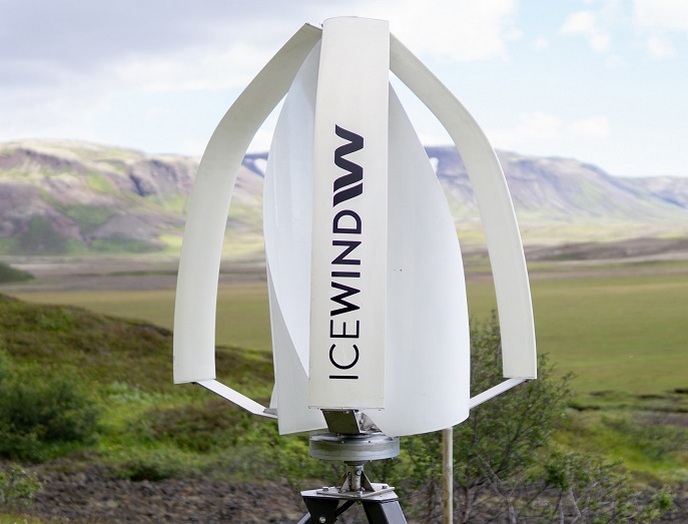Novel wind turbines to withstand exposure to very bad weather
Adverse weather such as strong and unsteady winds can lead larger conventional wind turbines to spin out of control. The damage can be catastrophic from the very first year of operation. The industry demands smaller, more rugged and durable turbines intended for powerful wind conditions and high altitudes with little maintenance. Locations such as the Nordics need wind technology that can operate in the range of -10 °C to -30 °C across a wide variety of situations, from a hurricane to a calm, icy winter night.
Powering inhospitable locations during bad weather
The EU-funded Njord(opens in new window) project provided small-scale wind energy systems for telecom and surveillance systems in the Nordics and residential sectors in areas with limited solar hours. It’s a zero-emission solution that can withstand extreme weather conditions for extended periods of time. The install-and-forget system can operate with little or no maintenance for up to 25 years, depending on location. Specifically, the innovation can survive the harsh weather conditions in the Arctic region surrounding these Nordic countries. The Njord team delivered two wind turbine product lines. The first unit is specially designed to generate the power needed for telecom and surveillance towers in difficult conditions. The second is designed for most kinds of residential applications, providing power or heating to homes, cabins and even farms. Both turbines can be installed in challenging environments anywhere, and where other solutions haven’t been able to survive because of high winds and limited solar hours. They produce electricity at very low wind speeds, and can spin gracefully and noiselessly 24/7 during powerful winds. “The main goal was to improve the wind turbines with respect to durability, lifespan, efficiency and cost,” commented project coordinator Saethor Asgeirsson. “The most significant one was the efficiency increase.”
Small-scale, scalable wind technology solutions
Users of both turbines can install a visually appealing solution that is bird-friendly, safe and long-lasting. Owners of monitoring and telecom systems in the Arctic have renewable zero-emission options to power systems that they can rely on and trust for decades with minimal maintenance. Owners of off- or on-grid residential applications in difficult settings have more options when it comes to sustainability and energy independence without having to worry about repeated failures. The consortium managed to more than double the efficiency of the turbines, thus doubling its power output for the same size. Thanks to mass manufacturing and component optimisation, they also succeeded in decreasing the cost by a factor of two while maintaining durability. The final testing phase is ongoing. The expected market launch for the two turbines is planned for the first half of 2021. “By designing the turbine from the ground up with aesthetics in mind, Njord has gotten a great deal of interest from both the public and industry,” concludes Asgeirsson. “It’s clear that the approach of combining functionality and design paid off, and by removing the ‘ugliness’ from wind energy, potential clients have grown significantly.”







